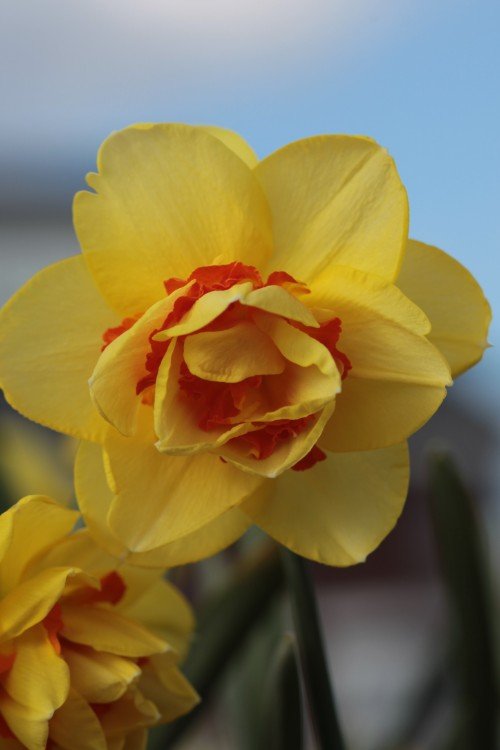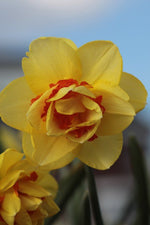
Tahiti
1850
$18.50
Unit price perAbout Tahiti
Introducing the Daffodil Tahiti - a vibrant addition to your garden that will brighten up any space! With its unique blend of colors and stunning blooms, this daffodil variety is a must-have for any flower enthusiast.
- Vibrant and colorful blooms in shades of yellow and orange
- Large, trumpet-shaped flowers that stand tall on sturdy stems
- Long-lasting blooms that add a cheerful touch to your garden
- Easy to grow and low-maintenance
How to plant and take care of Tahiti
- Choose a sunny or partially shaded spot in your garden with well-draining soil
- Plant bulbs in the fall, around 4-6 inches deep and 4-6 inches apart
- Water regularly during the growing season, but avoid overwatering
- Apply a balanced fertilizer once a year in early spring
- Deadhead faded flowers to promote continuous blooming
- After the blooms have faded, allow the foliage to die back naturally before removing it
FAQs

